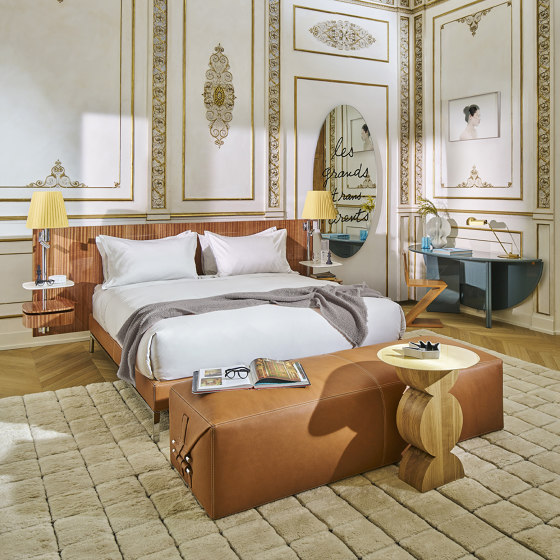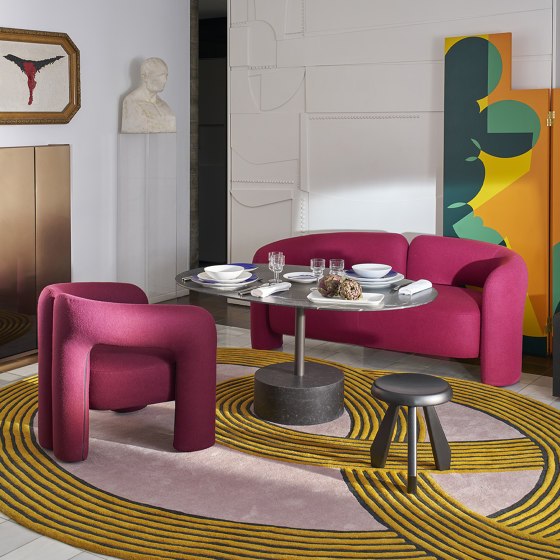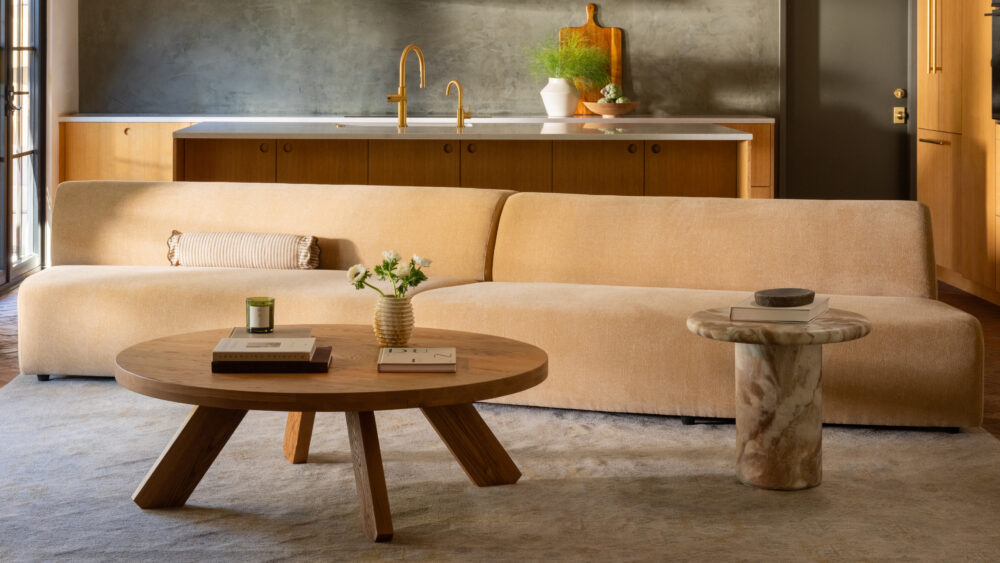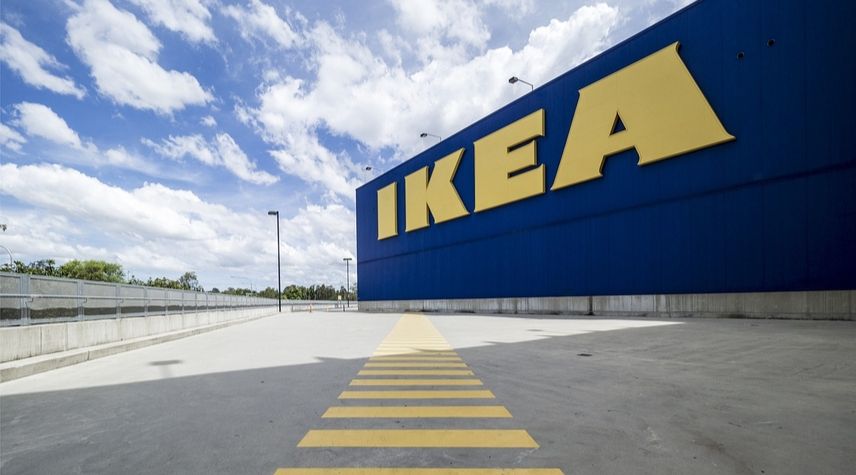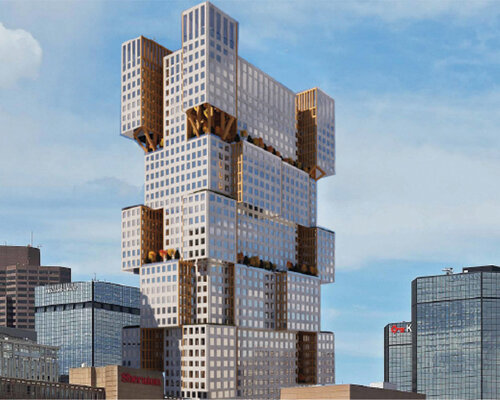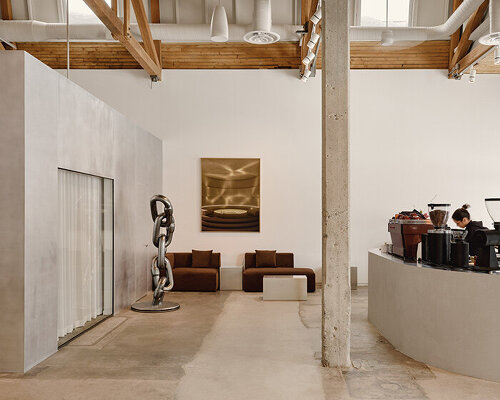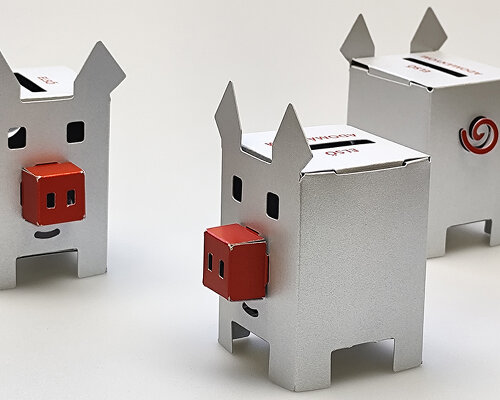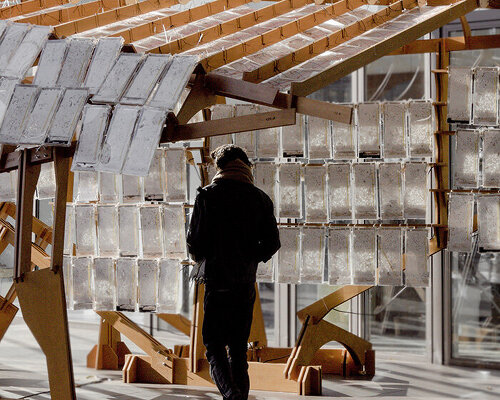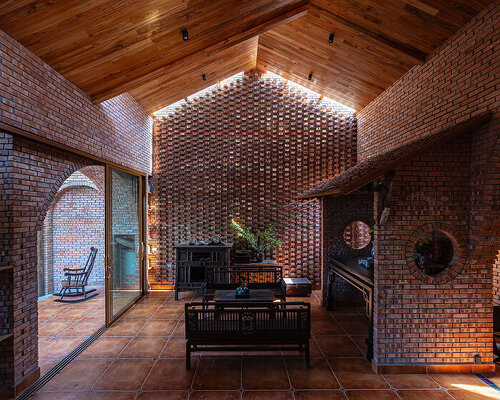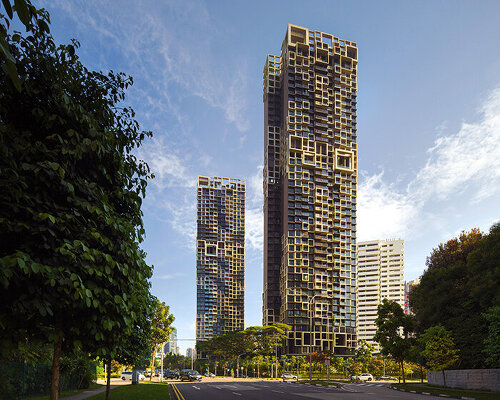pininfarina works with startup vittori for newly debuted turbio hypercar

a new hypercar unveiled
This past weekend in Miami, Vittori has entered the hypercar landscape as the startup unveiled its first concept model, the Turbio. It’s a limited-edition hybrid hypercar developed in collaboration with legendary Italian design house Pininfarina and powered by Italtecnica’s newly built 6.8-liter V12 engine. The Turbio is Vittori’s official introduction to the world of hypercars, a category which surpasses the already elite ‘supercar’ for its ultra-rarity and attention to detail that could never be mass-produced.
While the Turbio is a running concept, the car will be produced in Italy, with only fifty examples to be made. Deliveries are estimated to begin in late 2027, each priced around $2.5 million before potential customizations according to the needs of each client.
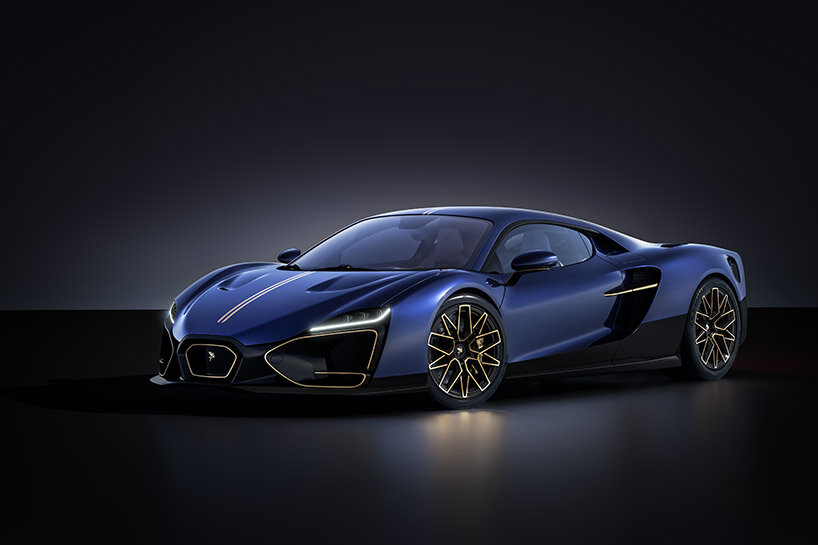
images courtesy Vittori
pininfarina translates vittori’s AI-generated concept
Vittori’s collaboration with Pininfarina links the young company with a century-old coachbuilding heritage, a good strategy for a startup beginning with a hypercar. Founded in 1930, Pininfarina has shaped some of the most important silhouettes in automotive history — from Ferraris and Maseratis to Alfa Romeos. Its contribution to the Turbio is clear with its sculpted proportions, which were translations of the Vittori team’s first visions.
designboom met with Carlos Cruz at the hypercar’s unveiling at the Concours Club in Miami, where he spoke about the role of artificial intelligence in the design process. Vittori began to create the earliest visions of the car using AI tools to generate hundreds of concept sketches. He explained that these renders were next handed over to the team at Pininfarina, who interpreted those sketches within the technical realities of production, and transformed the idea into this final Turbio concept.
‘AI was a tool for exploration,‘ he tells designboom, ‘a way to iterate quickly and visualize possibilities.’ Yet, as with most so-called AI-assisted design projects, the substance lies less in algorithms and more in human decision-making. The sketches were a conceptual seed. Pininfarina’s design team ultimately determined the car’s proportions, surfacing, and ergonomics through traditional methods. While the invocation of AI in car design is provocative and controversial, its role here appears mainly an aesthetic part of the concept design stage.
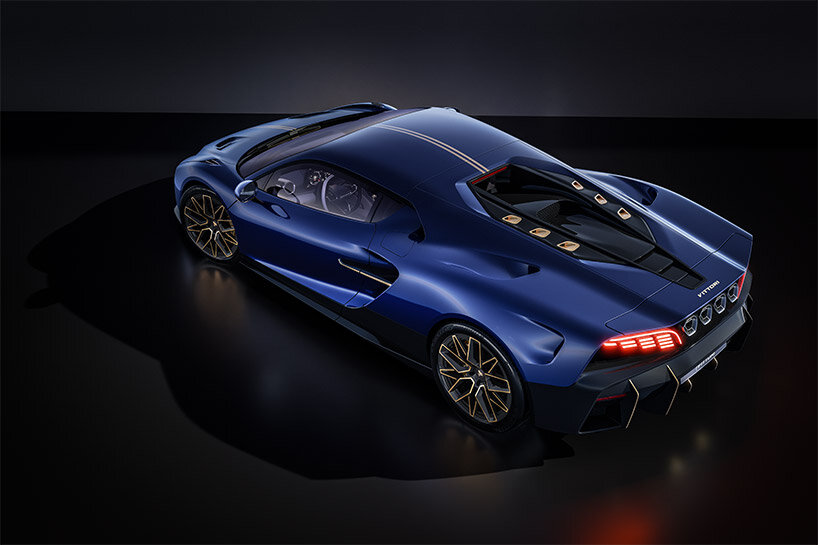
Vittori debuts its first concept model, the Turbio at the Concours Club in Miami
3D-printed titanium parts by Totum3D
At the event, Armando Cruz, Vittori’s Head of Operations, expanded on the company’s approach to advanced manufacturing with its hypercar. ‘We’re using additive manufacturing, or 3D printing,’ he explains, holding up a titanium component designed for the Turbio’s pedal assembly. ‘Parts of the car are fabricated with 3D-printed titanium. It’s essential that we use materials like aluminum and titanium, because titanium, being lighter, allows for better heat reduction and thermal control. Aluminum keeps the structure light as well.’
He continues: ‘The benefits are weight reduction, design freedom, and rapid customization. With 3D printing, you can create parts that flow with the design and prototype them quickly.’ Vittori’s manufacturing partner, Totum3D, will handle the fabrication of select titanium elements.
The concept will also integrate carbon-ceramic brakes and carbon fiber parts throughout. Several chassis and body elements are said to be produced through AI-assisted 3D printing, yet for all its promise, the project remains at a formative and largely theoretical stage.
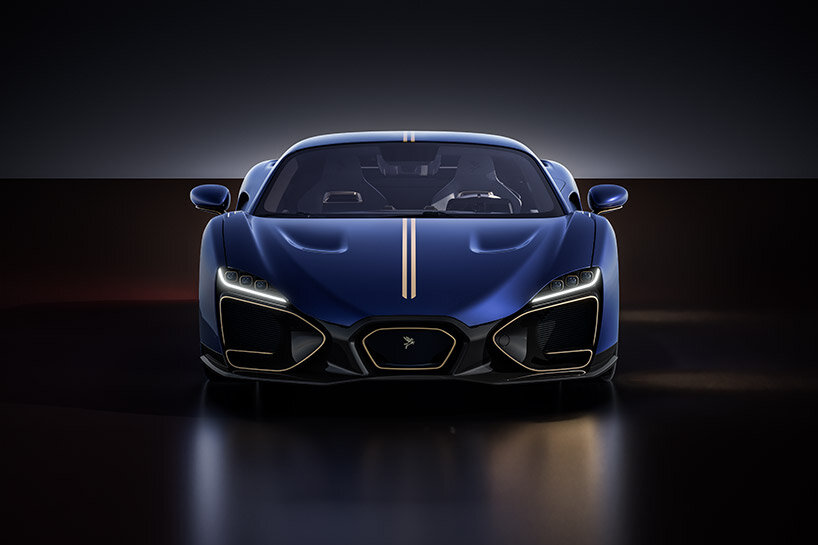
the hypercar is a collaboration between Vittori and Italian design house Pininfarina
‘orion’ engine developed with Italtecnica
Inside, the Vittori Turbio carries an engine developed by Italtecnica and inspired by the engineering heritage of Claudio Lombardi, the legendary powertrain designer behind Ferrari’s Formula 1 engines of the early 1990s. The ‘Orion’ V12 is naturally aspirated, and forms part of a hybrid powertrain expected to bring over 1,100 horsepower.
The team notes that this combination of mechanical purity and hybrid assistance is what they mean when they aim for a ‘futuristic hypercar’ that remains analogue in feel.
While precise figures remain unreleased, the Turbio hopes for a place among the world’s fastest production-bound vehicles. More than speed, however, Vittori emphasizes emotion. ‘Our dream was to create a beautiful, high speed vehicle that evoked emotion and a sense of connection,‘ Carlos Cruz explains. ‘We didn’t want to make another supercar — we wanted to build something that feels like flight, like sculpture, like power at your fingertips.’
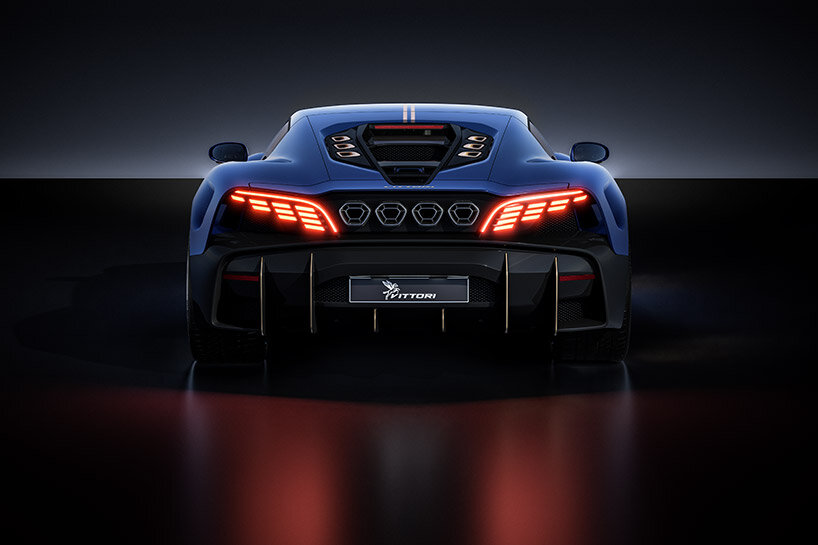
only fifty units will be made, with production based in Italy
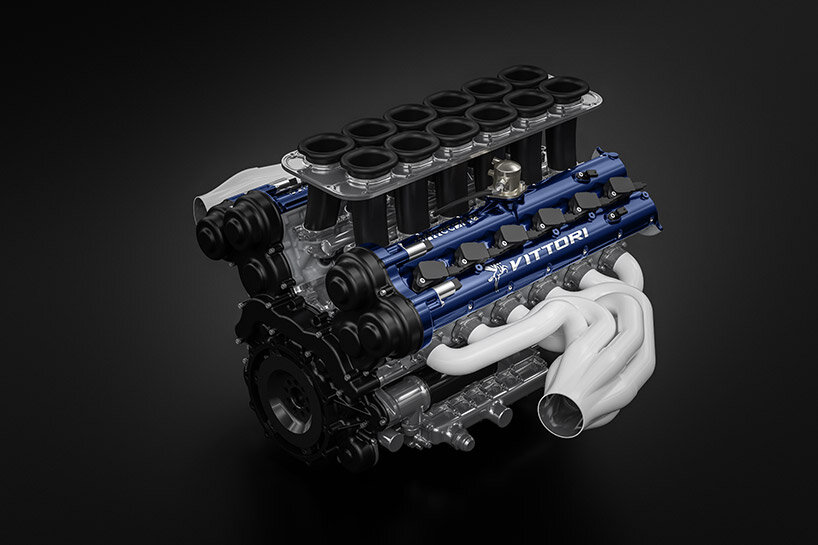
it features a naturally aspirated 6.8 liter V12 engine built by Italtecnica
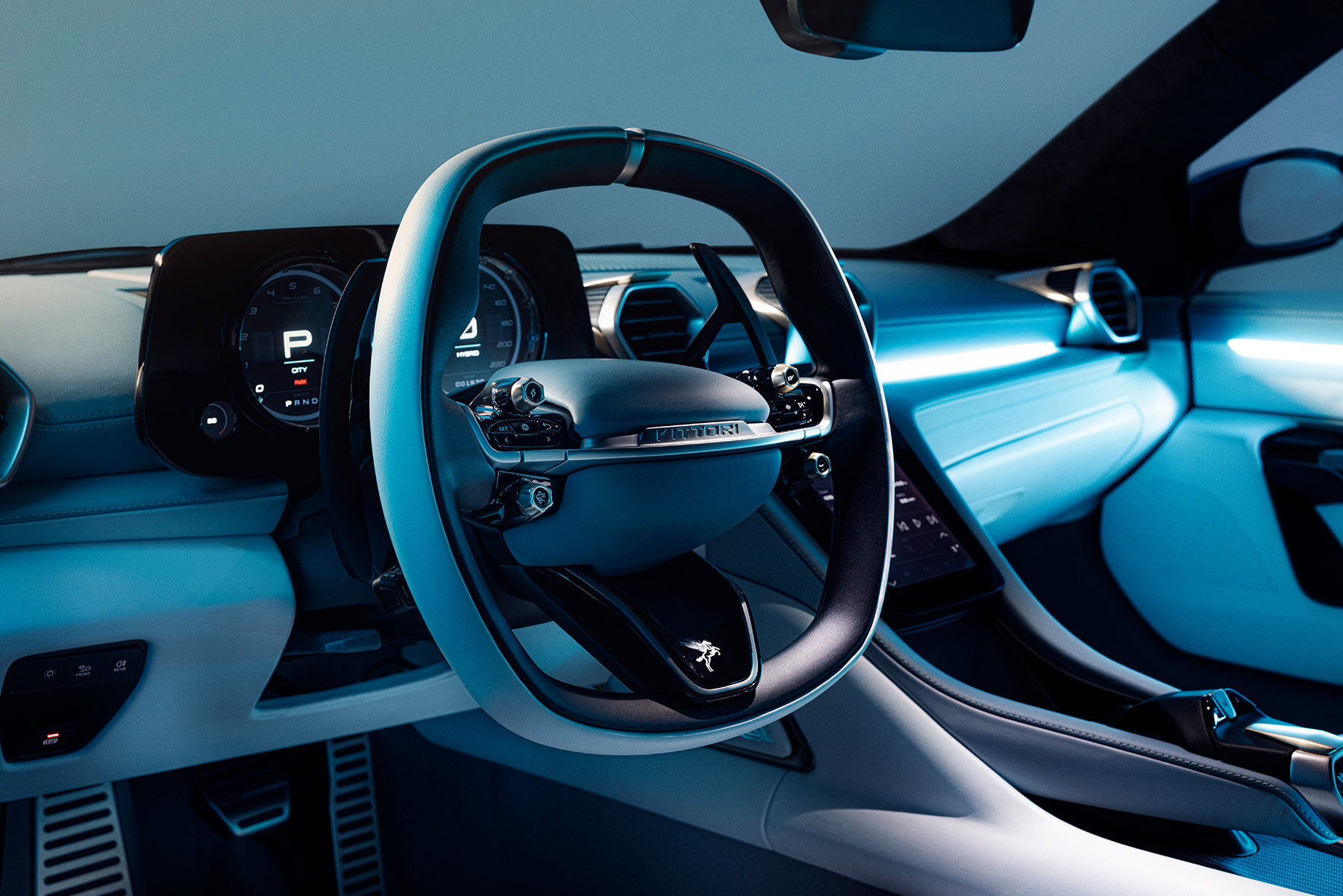
the design began with AI-generated sketches later refined by Pininfarina’s engineers
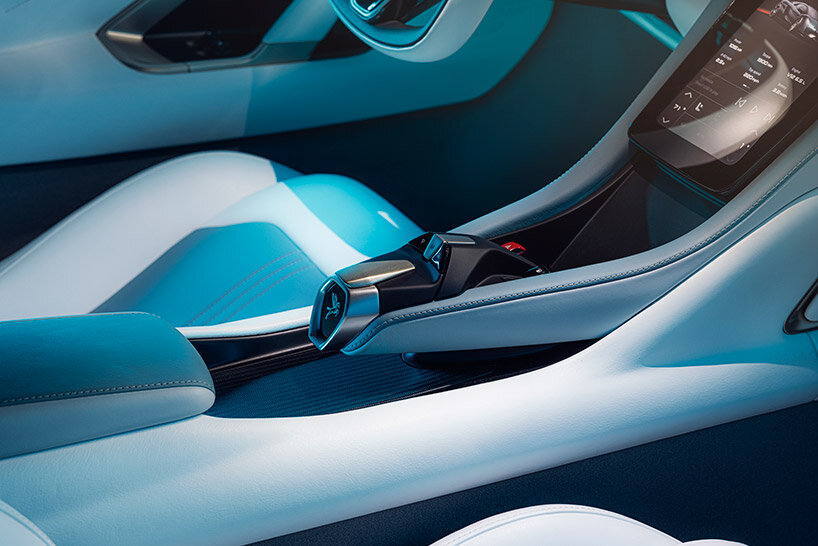
select components are 3D printed in titanium by Totum3D
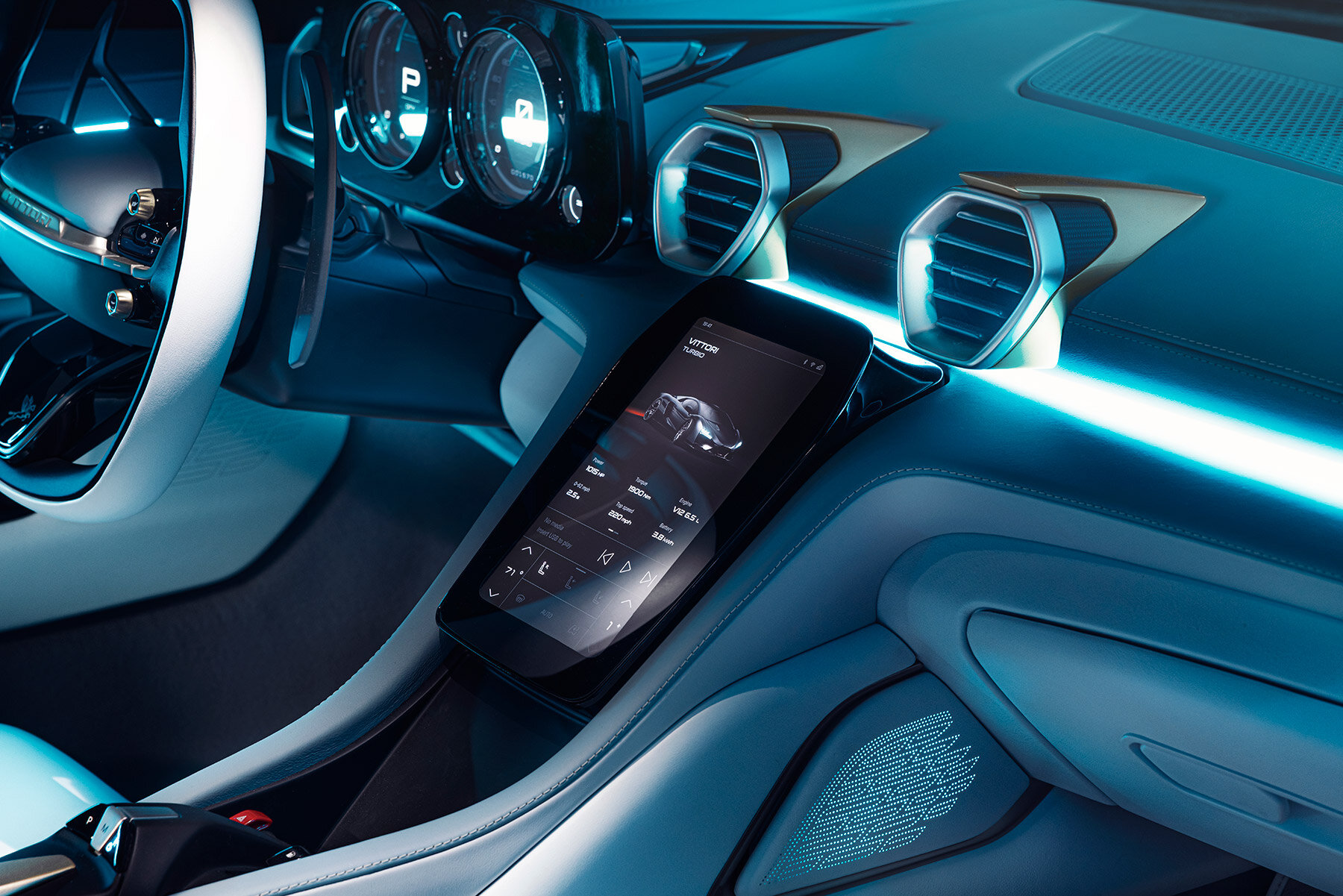
Vittori describes the Turbio as ‘futuristic’ yet ‘driven by an analogue spirit’
project info:
name: Vittori Turbio
brand: Vittori
collaborator: Pininfarina, Italtecnica, Totum3D
The post pininfarina works with startup vittori for newly debuted turbio hypercar appeared first on designboom | architecture & design magazine.





